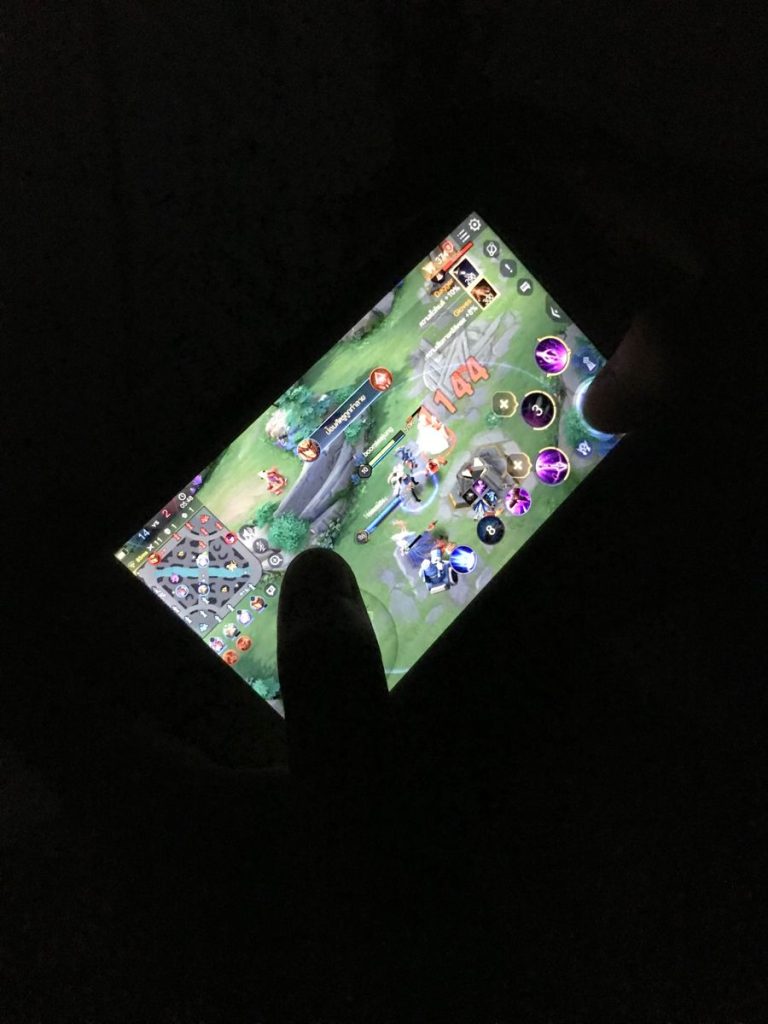Over the past decade, mobile gaming has evolved from a niche activity into a dominant force in the global gaming industry. Once limited to simple puzzle games and retro titles, mobile gaming today boasts a diverse array of genres, cutting-edge graphics, and gameplay experiences. Smartphones have become the go-to platform for millions of players worldwide, transforming the way we game. But how exactly are smartphones changing the game? Let’s dive into the impact of mobile gaming and explore how mobile devices are reshaping the gaming landscape.
1. Accessibility and Convenience: Gaming on the Go
One of the biggest advantages of mobile gaming is accessibility. Unlike traditional consoles or PCs, smartphones are portable and always within reach. Whether you’re commuting, waiting for an appointment, or lounging at home, a mobile game is just a tap away. This level of convenience has expanded the gaming audience to include people who may not have had the time, space, or resources to play on other platforms.
The accessibility of mobile gaming is also a driving factor in the growth of the casual gaming market. Mobile games often offer short, easy-to-learn gameplay experiences that cater to busy individuals looking for quick entertainment. With a wide range of genres, from puzzle games like Candy Crush to action-packed games like PUBG Mobile or strategy games like Clash of Clans, smartphones cater to all types of gamers, from the casual player to the dedicated enthusiast.
Key Benefits:
- Anytime, anywhere gameplay on mobile devices.
- Casual and easy-to-play games that fit into a busy lifestyle.
- Broadening the gaming demographic to include players of all ages.
2. Social Gaming: Connecting Players Around the World
Another way smartphones are changing the gaming experience is through social gaming. Mobile games are often built with multiplayer features, allowing players to connect with friends or challenge strangers from around the world. Games like Fortnite Mobile, Among Us, and Mario Kart Tour enable players to join forces, compete, or simply share experiences in real-time, making gaming a more social activity than ever before.
Many mobile games also incorporate social media integration, letting players share achievements, challenge their friends, and even live-stream their gameplay. This has helped to create a more interconnected gaming community, where players can engage in virtual worlds together, building friendships and fostering a sense of belonging. The rise of mobile esports is another example of this social shift, with competitive games like Clash Royale and Call of Duty Mobile becoming major players in the esports industry.
Key Benefits:
- Real-time multiplayer experiences that connect players worldwide.
- Social media integration for sharing, streaming, and connecting.
- Growth of mobile esports as a competitive gaming platform.
3. Cutting-Edge Graphics and Performance
When mobile gaming first emerged, its graphical capabilities were limited by the processing power of smartphones. However, in recent years, smartphones have evolved into powerful devices capable of handling high-quality graphics and complex gameplay mechanics. Thanks to advancements in mobile processors, such as Apple’s A-series chips and Qualcomm’s Snapdragon processors, modern smartphones can now run console-quality games with stunning visuals.
Games like Genshin Impact, Call of Duty: Mobile, and PUBG Mobile showcase the incredible graphical potential of mobile devices. The level of detail, realistic environments, and smooth animations found in these games rival the experiences on traditional gaming consoles. With the continued development of technologies like 5G connectivity and cloud gaming, future mobile games will likely see even more impressive graphics, smoother performance, and richer experiences that push the limits of what’s possible on a small screen.
Key Benefits:
- High-quality graphics that rival console and PC gaming.
- Advanced processing power enabling complex, games.
- Future innovations like cloud gaming and 5G connectivity enhancing gameplay.
4. Monetization and Free-to-Play Models
The mobile gaming industry has revolutionized how games are monetized. Traditional gaming platforms rely on upfront purchases or subscriptions, but mobile games have popularized free-to-play models, where players can download and play games for free, with the option to purchase in-game items, skins, or other content. This has led to the rise of microtransactions and loot boxes, which have become a significant part of the mobile gaming economy.
In addition to microtransactions, many mobile games also feature ad-supported models, where players can watch short advertisements in exchange for rewards or in-game currency. This free-to-play, ad-supported model has opened up gaming to an even wider audience, as players can enjoy games without the financial commitment typically required for console or PC games.
While the monetization model has sparked some debate, particularly concerning in-game purchases and loot boxes, it has undeniably contributed to the massive growth of mobile gaming. Games like Fortnite and Candy Crush Saga have made billions in revenue, all while offering free access to players.
Key Benefits:
- Free-to-play models that lower the barrier to entry.
- Microtransactions and in-game purchases driving revenue for developers.
- Ad-supported games offering another path for monetization.
5. Mobile Game Development: Simplifying the Creation Process
Not only are smartphones changing the way we game, but they are also revolutionizing how games are developed. Mobile development platforms like Unity and Unreal Engine have made it easier for developers to create games for smartphones. These platforms provide tools and resources that simplify the process of creating high-quality games, opening the doors for indie developers to create unique, creative titles without the need for large budgets.
This has resulted in an explosion of indie mobile games, many of which have gained massive popularity. Games like Flappy Bird, Angry Birds, and Subway Surfers were created by small teams and have gone on to become global sensations. As mobile game development continues to evolve, we can expect even more innovative and diverse games to flood the market, offering new and exciting experiences for players.
Key Benefits:
- Accessible game development tools making it easier for indie developers to create mobile games.
- Explosion of indie mobile games gaining global success.
- More creativity and innovation in mobile gaming experiences.
6. The Future of Mobile Gaming: What’s Next?
As we look to the future, mobile gaming shows no signs of slowing down. The next few years are likely to bring further innovations that will continue to shape how we play games on our smartphones. Augmented reality (AR) games, like Pokémon Go, are becoming more popular, blending the virtual and physical worlds for a unique gaming experience. Virtual reality (VR) and cloud gaming are also expected to make their mark on mobile gaming, offering even more expansive experiences for players on the go.
Moreover, the continued development of 5G technology will significantly enhance mobile gaming. With faster speeds and lower latency, 5G will allow for better-quality cloud gaming, smoother multiplayer experiences, and more realistic in-game environments. As mobile devices become even more powerful and versatile, we may soon see mobile gaming evolve into an experience that’s as rich and as traditional gaming consoles and PCs.
Key Developments to Watch:
- Growth of AR and VR mobile gaming for more experiences.
- Impact of 5G technology on mobile gameplay, enabling smoother, faster experiences.
- Emergence of cloud gaming on mobile devices, offering access to high-quality games without needing powerful hardware.


